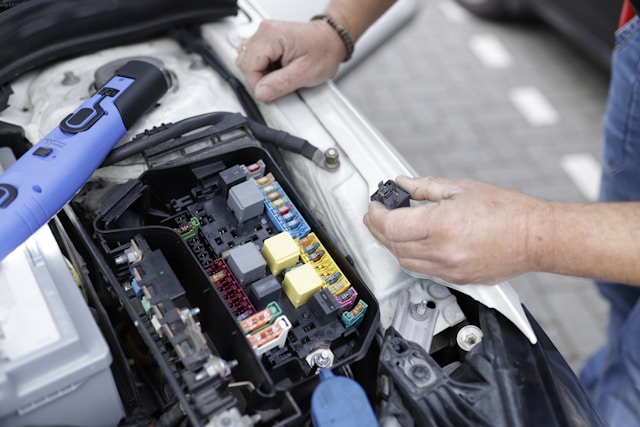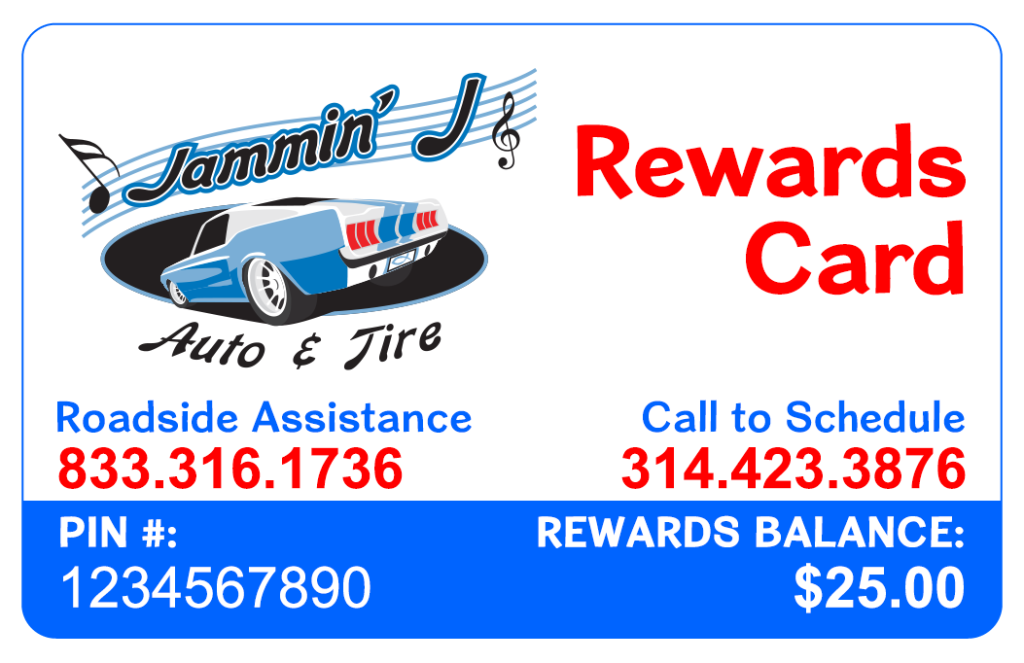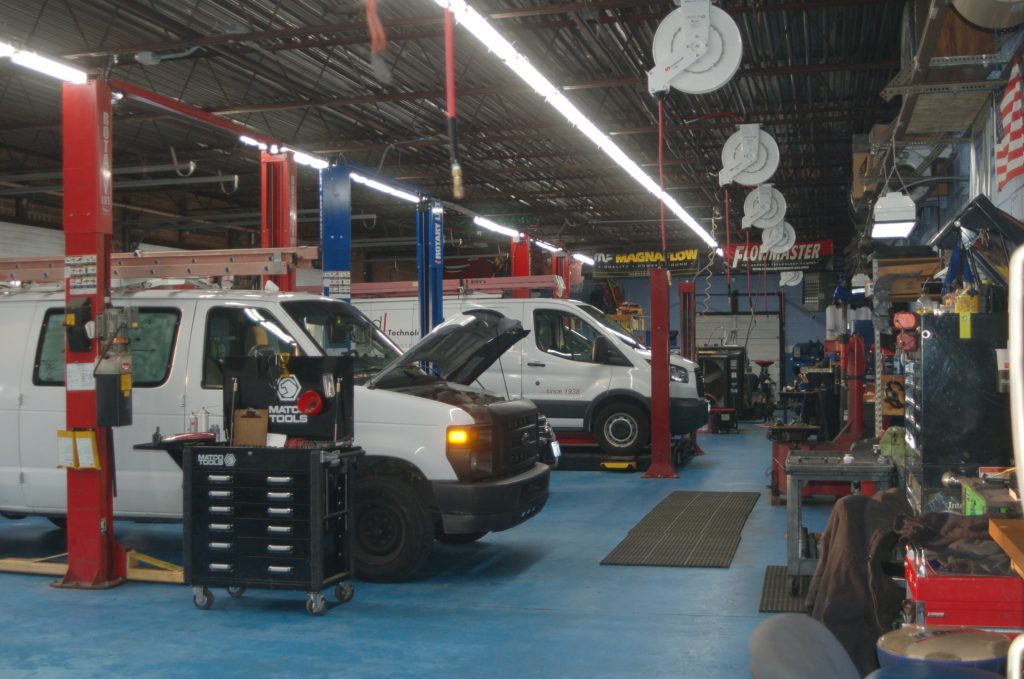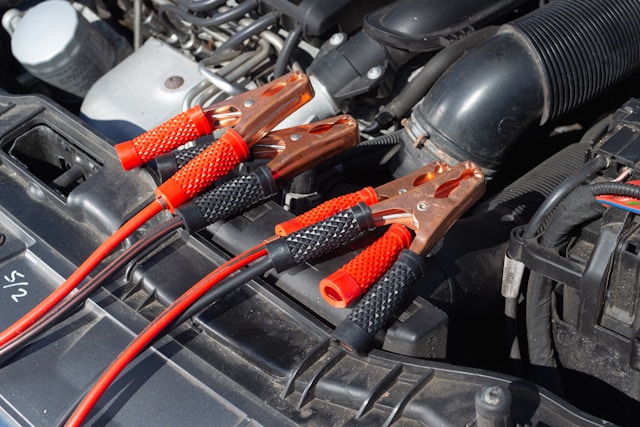
Audi & Mercedes Repair Chesterfield, MO | JamminJAuto.com
Key Takeaways Welcome to Jammin’ J Auto Chesterfield Overview Key Services Local Shop Benefits
Earn up to 3% Rewards Dollars back on Future Visits
You may donate your Reward Dollars to local and national charities.
Reward Dollars for you and your friends
Every 5th oil change on your account is FREE
Membership is FREE

• Air Conditioning
• Alignments
• Alternators
• Batteries
• Brakes
• Belts & Hoses
• Check Engine Lights
• Clutches
• Diagnostics
• Drive Axle Service
• Electrical Analysis & Repair
• Engine Repair
• Exhaust & Mufflers
• Universal Joints
• Wheel Bearings
• Oil Changes
• New Tires
• Radiators
• Starters
• Starting & Charging System
• Suspension & Steering
• Transmissions
• Tune Ups
• Tire Repair
Missouri State Inspections
• Vehicle Purchase Checkouts
• Custom exhaust
• Welding
• Fuel Filters
• Power Steering Service
• Cooling System Service
• Brake Fluid Flushes
• Fuel Induction flushes
As a family owned small business, we know firsthand how hard it is to make ends meet in this economy. Now more than ever it is important to get the most from our money. That is also true with the upkeep of our automobiles. We understand that every dollar that you spend with us needs to be well spent. With the use of our comprehensive vehicle check (free with most of our services), our almost instant online review of the vehicle check including photographs and recommendations, and our courteous, one-on-one service, we want to partner with you to help you get the most from your dollar and your vehicle.
Fair Prices
Quality Workmanship
Experienced Technicians
Reliable Service
Here at Jammin’ J Auto & Tire, St. Louis brake service near me, we try our best to be the best! Our technicians look over your vehicle and photograph potential problem areas and make this available to you, the customer, almost instantly as the check is completed. A link like this one is provided to the customer via text or email and you are able to view the actual concerns without having to leave work, and being able to see the actual problem on the spot. Next, the customer is contacted to discuss your repair and give detailed, upfront pricing for all repair or maintenance needs and sent a link like this one to view repair and maintenance recommendations and approve them. We have found this system to be very effective in communicating the health of your vehicle which aids our goal of being your long term vehicle service provider by allowing us to help you plan for your vehicle’s next needed service before it becomes an emergency. Our system also automatically schedules your next oil maintenance service based upon your vehicle history and will text you a reminder days before your appointment. This service has made our loyal customers very happy.



Key Takeaways Welcome to Jammin’ J Auto Chesterfield Overview Key Services Local Shop Benefits

Key Takeaways Finding Repair Shops RepairPal Certified Auto Care Centers Precision Services Lexus Repair

Key Takeaways Brake Service Significance Safety First Vehicle Longevity Performance Enhancement Identifying Brake Issues